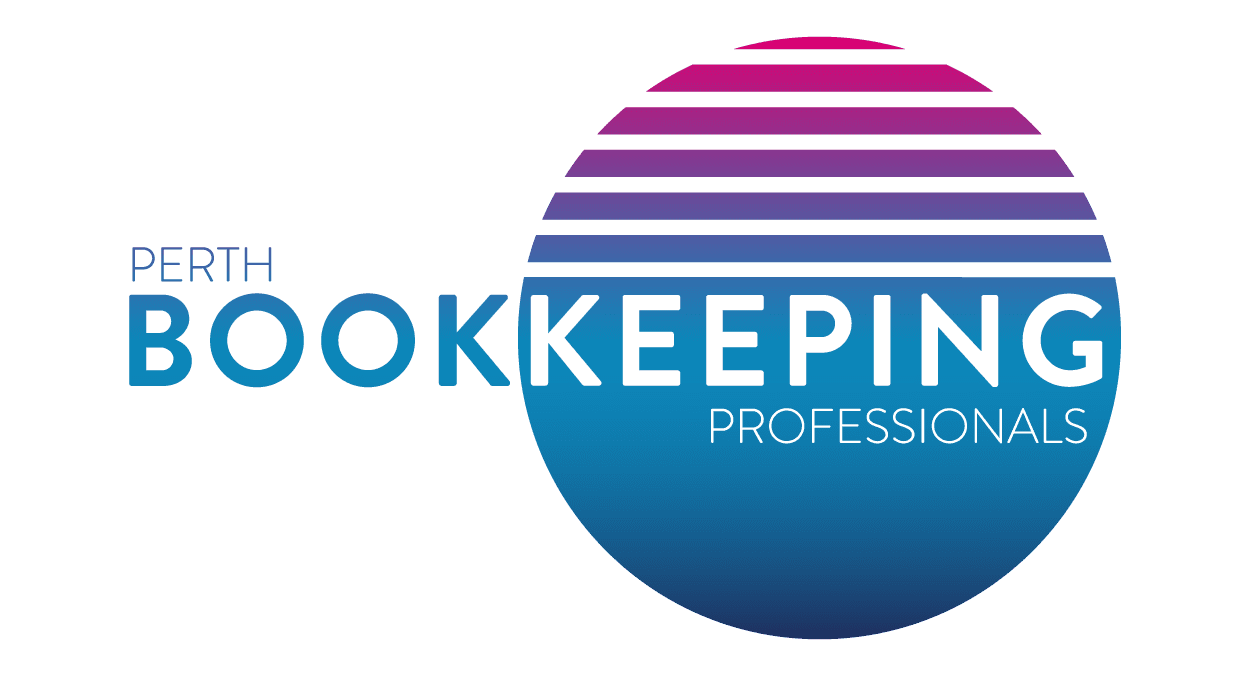You would have all heard the saying “Cash is King”, well in business your Cash Flow is crucial to your businesses survival. Cash Flow is the flow of money in and out of your business. At times it probably feels like there is a lot more going out.
If you are feeling like you are constantly behind or stressed about all the expenses from running your business, including employee expenses, then a Cash Flow statement can help you to overcome this worry, and have a clear picture of where your income is coming from and what your expenses are.
Once you have a Cash Flow in place, it can be used to set budgets and as an amazing tool to help you to expand your business and grow your income.
A Cash Flow statement will track all the money flowing in and out of your business and can reveal payment cycles or seasonal trends that require additional cash to cover payments. This cycle or pattern can help you plan ahead and make sure you always have money to cover your payments.
On your cash flow statement, list all your incoming and outgoing cash items with the dollar amount for the next 12 months. For each month list the items and total the figures under the headings Cash incoming and Cash outgoing. Use the outline below as your starting point for your cash flow statement for each month:
- Opening balance (in the first month this will be your opening bank balance. In subsequent months this figure will be the closing balance from the previous month)
- Cash incoming
- Sales
- Asset sales
- Debtor receipts
- Other income
- Total incoming (Add up all cash incoming items above)
- Cash outgoing
- Purchases (Stock etc)
- Accountant fees
- Solicitor fees
- Advertising & marketing
- Bank fees & charges
- Interest paid
- Credit card fees
- Utilities (electricity, gas, water)
- Telephone
- Lease/loan payments
- Rent & rates
- Motor vehicle expenses
- Repairs & maintenance
- Stationery & printing
- Membership & affiliation fees
- Licensing
- Insurance
- Superannuation
- Income tax
- Wages (including PAYG)
- Total outgoing (Add up all cash outgoing items above)
- Monthly cash balance (Calculate Total incoming minus Total outgoing)
- Closing balance (Calculate Opening balance plus Total incoming minus Total outgoing)
Whether you’ve already started or intending to start, you’ll need to fill in actual or estimated figures against each item. If using estimated costs, you’ll need to label them clearly.
When preparing a cash flow statement, ensure you also clearly state whether your figures are GST inclusive or exclusive. I like to separate GST (and PAYG) as a different item in both incoming and outgoing; this will be a big help in planning your quarterly BAS payments.
To prepare a Cash Flow successfully, you really should have your bookkeeping figures up to date, then the information is easy to gather and put together. If you are using a program like MYOB, QuickBooks or Xero (there are many more options) then it is simply a matter of having your accounts reconciled and use the reports from these programs to put into your Cash Flow Statement. Some even do this for you.
For more information on how to create and customise a Cash Flow Statement for your business please give us a call or send an email.
“Never take your eyes off the cash flow because it’s the life blood of business.”
— Richard Branson
